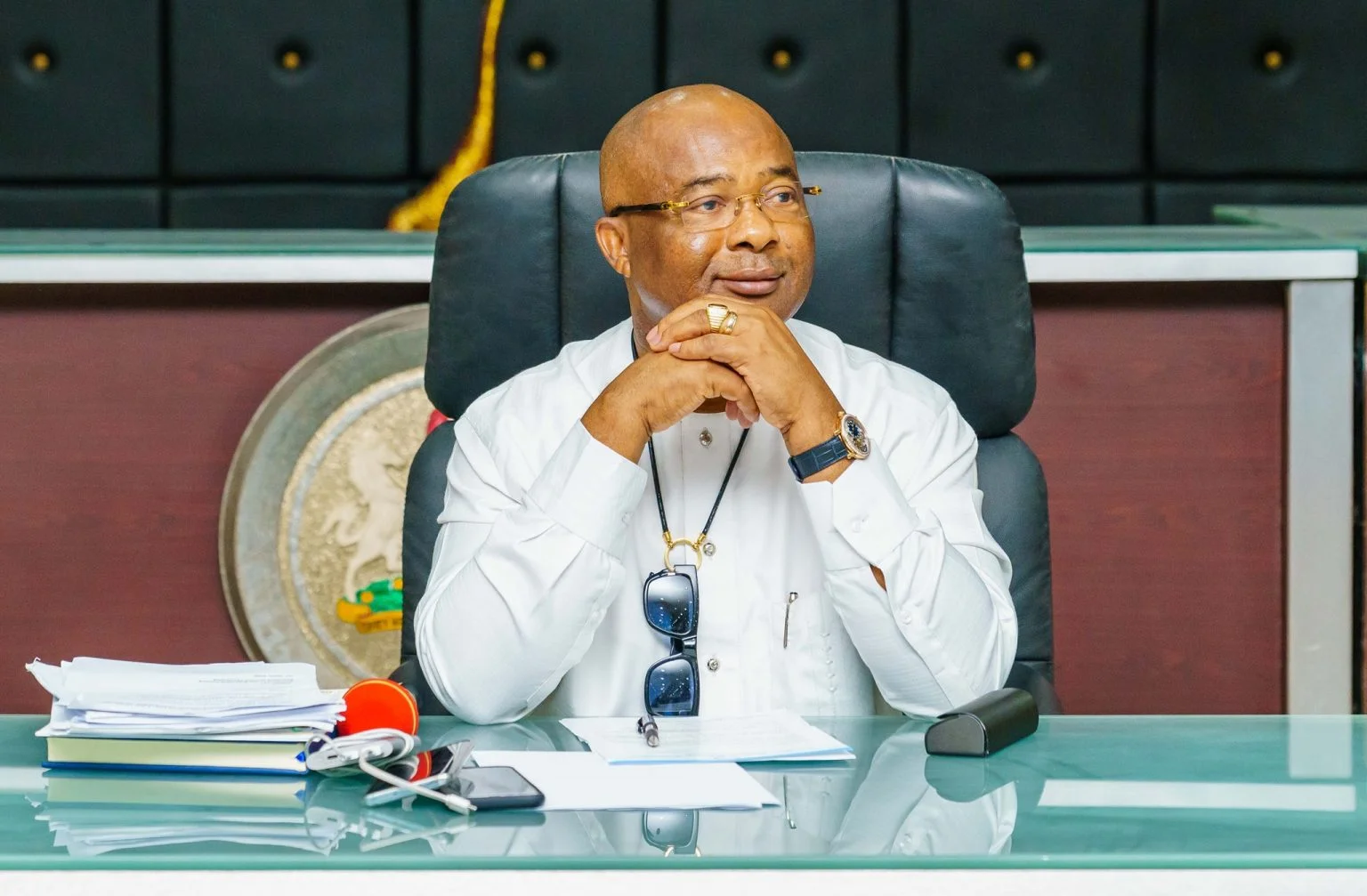British Prime Minister Theresa May was in Brussels, Belgium, on Thursday to plead with EU leaders to change the Brexit divorce deal she negotiated in 2018, in order to get it through parliament.
The London parliament, which rejected May’s agreement by the biggest majority in modern British history, has voted to renegotiate the deal, replacing a provision that some fear could keep British-ruled Northern Ireland under EU rules indefinitely.
EU leaders have repeatedly said it would be impossible to replace the provision, known as the “backstop”, because it is required to ensure no hard border, once a focus for sectarian violence, between Northern Ireland and EU-member Ireland.
Britain, unless parliament approves a deal, is on course to leave the EU on March 29 with no transition arrangement in place, a scenario that many businesses say would be catastrophic for the economy.
Other options could include delaying Brexit, holding a new referendum or cancelling it altogether.
May will return to parliament coming week for a debate on the Brexit negotiations when lawmakers could again try to wrest control of the process from her.
However, a crunch vote on approving the Brexit deal is likely to come later in the month.
Both May’s Conservative Party and the main opposition Labour Party are formally committed to carrying out Brexit following a 2016 referendum in which voters chose to leave the EU by a margin of 52 to 48 per cent.
However, both parties are deeply divided internally over how or even whether to do so.
In a letter to May released on Wednesday, Labour leader Jeremy Corbyn set out five conditions for Labour to support a deal.
Those include a “permanent and comprehensive” customs union with the bloc, which May has ruled out.
Corbyn also demanded a close alignment with the single market, “unambiguous agreements” on future security arrangements and commitments on UK participation in EU agencies and funding programmes.
(Reuters/NAN)





